Ipamorelin is a synthetic peptide classified as a growth hormone secretagogue. It belongs to a class of compounds known for their ability to stimulate the body’s natural production of growth hormone (GH). Ipamorelin is used primarily in scientific research and clinical trials, and it is not approved for general use in humans. Here’s a general description of Ipamorelin:
Name: Ipamorelin
Usage: Ipamorelin is primarily used in scientific research and clinical studies to explore its potential effects on stimulating the release of growth hormone. It has not been approved as a medication for human use, and its use should only occur under the supervision and guidance of qualified medical professionals and researchers.
Mechanism of Action: Ipamorelin works by binding to specific receptors in the pituitary gland, leading to the release of growth hormone. It is believed to do so without significantly affecting other hormones like cortisol or insulin. This targeted approach is one of the reasons it has garnered attention in scientific research.
Dosage and Administration: The dosages and administration of Ipamorelin can vary depending on the specific research or clinical application. It is typically administered via subcutaneous injections. Researchers and clinicians determine the appropriate dosing and timing based on the study’s objectives and safety considerations.
Side Effects: Ipamorelin is generally considered to have a favorable side effect profile compared to full-length growth hormone. However, it may still have side effects, including potential effects on blood sugar levels and the possibility of overuse leading to unintended changes in GH levels.
Precautions: Given that Ipamorelin is not approved for human use, its administration should exclusively occur within the context of scientific research, clinical trials, or medical studies. Self-administration or use outside of these controlled settings is not advisable and may carry risks.
Conclusion: Ipamorelin is a synthetic peptide used for research and clinical purposes, primarily to investigate its potential effects on stimulating the release of growth hormone. It is not intended for general use or self-administration, and its application should be conducted under the supervision of qualified professionals within appropriate research or clinical settings.

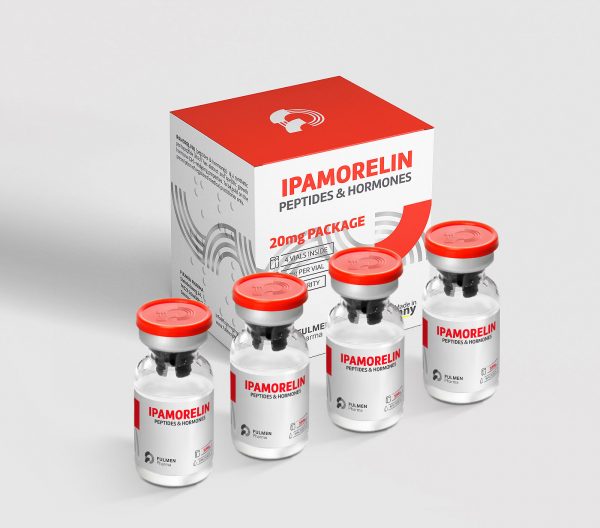
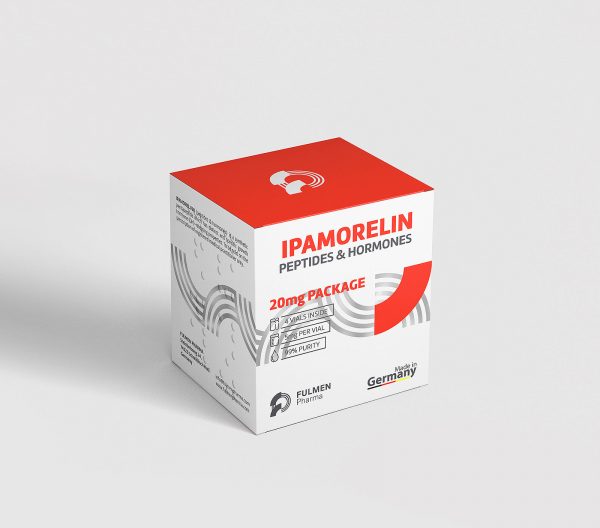

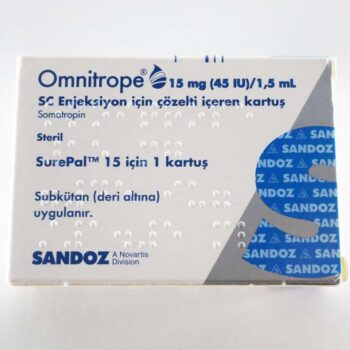
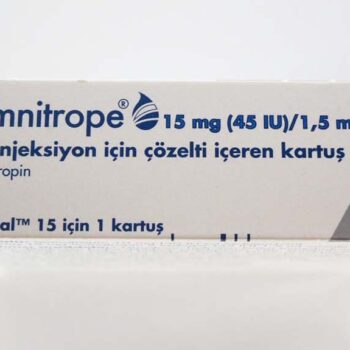
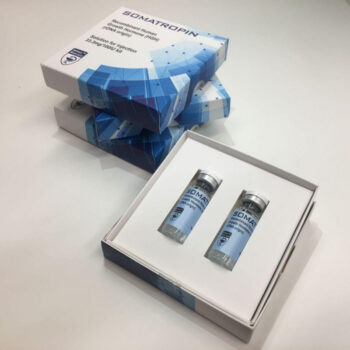
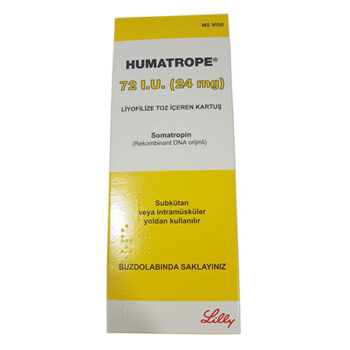
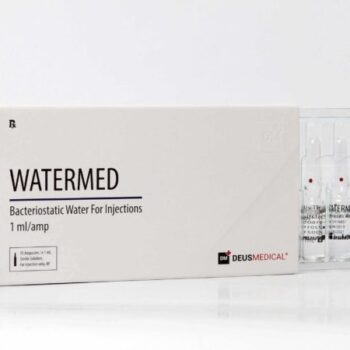
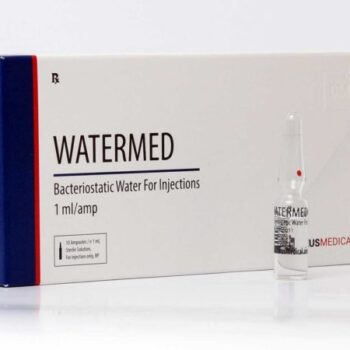
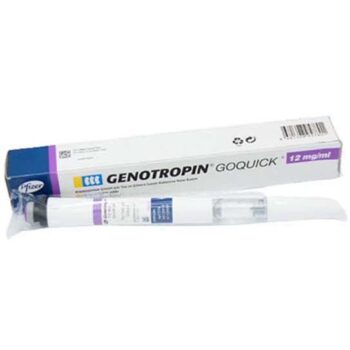
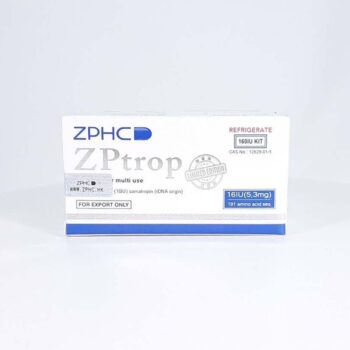
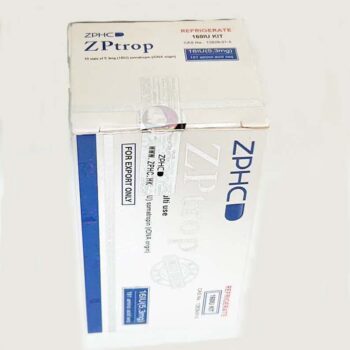


Reviews
There are no reviews yet.